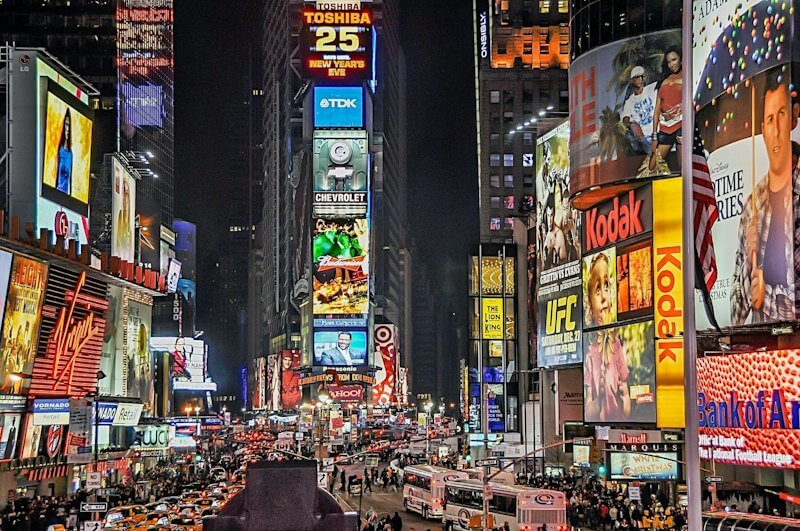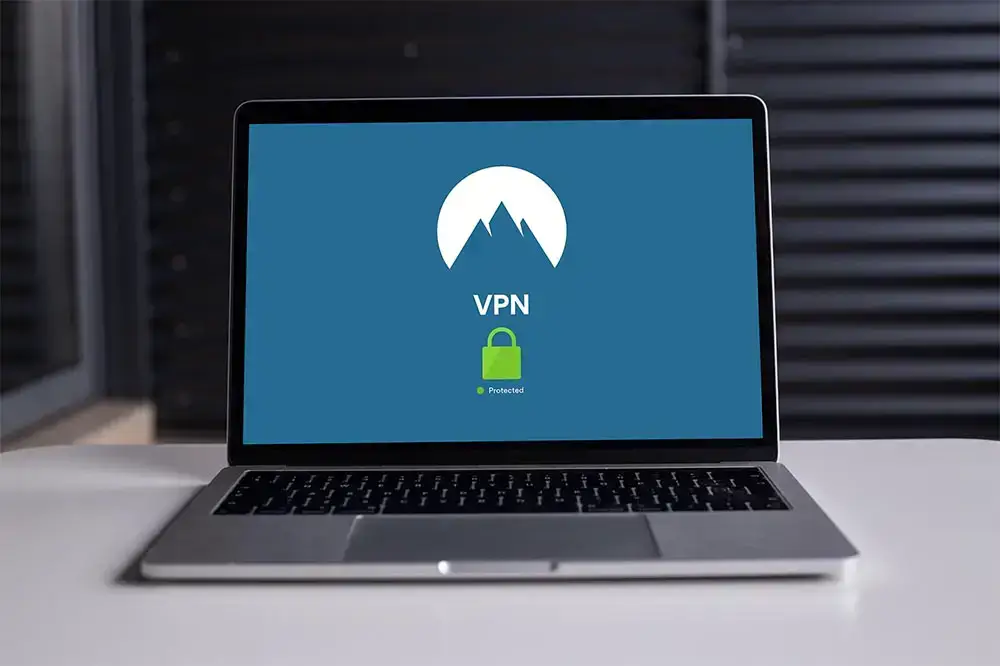The Rise of Robots in Outdoor Advertising
Outdoor advertising is transforming the way brands can reach their target audience. From huge billboard displays to subtle yet impactful signage, and even using robotic mechanisms and screens to grab people’s attention, outdoor advertising has become one of the fastest-growing advertising platforms worldwide.
This article aims to provide you with insights into the benefits of these changes in outdoor advertising. You will also learn about critical ways to safeguard your business from potential threats, so you can invest in outdoor advertising without compromising on security.
How robotics is changing the advertising industry
According to research, the digital out-of-home advertising market is expected to grow to over $33 billion by 2026, with an annual increase of at least 10.35%. This surge is attributed to the adoption of artificial intelligence, which virtually all businesses will have to implement to remain competitive. There are numerous factors contributing to the growth of this advertising sector, including:
1. Better Engagement
Advertising is all about making an impact. Once someone looks away or forgets what they’ve seen, you risk losing their business. Interactive and engaging digital ads tend to leave a better impression than static displays. That’s why robotics plays a crucial role in advertising, especially when brands take advantage of multi-sensory elements like 3D animation, LED lighting, music, sound effects, and movement.
Times Square in New York is a prime example of this, with several state-of-the-art billboards that have become tourist attractions in their own right. Coca-Cola, Star Wars, RayBan, and Balenciaga are among the brands that have run highly detailed and interactive digital ads, receiving widespread acclaim.

Source: Clubquartershotels
2. More cost-effective in the long run
Traditional advertising involves designing, printing, and installing displays that may require maintenance and repairs over time. When updates or replacements are needed, the process must start from scratch. On the other hand, robotic advertising has proven to be a cost-effective solution for businesses. According to IBM’s Global AI Adoption Report of 2022, over 54% of companies that have adopted AI technologies have reported cost savings.
Digital or automated advertisements allow marketers to save money over the lifespan of a campaign. While the initial investment in screens, software, and robots may be high, it is worth it because you can update your campaigns in seconds, changing the message’s look, feel, and personalization. Robots can be programmed to adjust their message to suit specific customers or locations.
Robotic advertisements can also create and develop marketing campaigns, including recording, cutting, and playing videos. By utilizing this technology, businesses can save time, money, and human resources when brainstorming and executing new marketing ideas.
3. More efficient
Robotic advertising allows marketers to modify, update, or even replace their campaigns in a matter of seconds. This provides them with immense flexibility to adjust to sudden market changes, incorporate new information relevant to the campaign, and make simple alterations to its design elements like color, text, font, etc., that can help to engage potential customers and retain their attention.
Furthermore, when a campaign ends, it does not necessarily mean the end of its usefulness. Depending on the setup, it is possible to switch between multiple campaigns, thereby maximizing the return on investment.
How to protect your outdoor advertising
According to a survey conducted by the UK government, more than 39% of businesses have fallen victim to cyber-attacks in 2022. As we continue to rely on technology, this percentage is expected to increase.
Although the use of robotics in outdoor advertising is exciting, it also poses significant risks that you should be aware of. To safeguard your brand from potential sabotage, you can take simple and practical measures. These measures include:
1. Using a virtual private network (VPN)
A Virtual Private Network (VPN) is an imperative tool for maintaining online security. By encrypting internet connections and concealing IP addresses, VPNs prevent hackers from monitoring online activity and stealing sensitive information. Furthermore, Other VPN uses include the ability to scan and detect malware and flag suspicious websites before you click on them. This helps safeguard devices from malicious viruses that can cause damage to marketing campaigns.
Consequently, when working with outdoor advertising, it is crucial to have a VPN. It enables users to access and modify outdoor displays remotely, without the risk of security breaches. This allows professionals to work on, download, and upload important brand assets and customer data without compromising security. The use of a VPN ensures that sensitive data is not exposed to unauthorized third parties, safeguarding businesses and clients alike.

Source: Turbogadgetreviews
2. Upskilling staff on the use of robots and AI technology
One of the biggest obstacles in using robots in advertising is the lack of skilled personnel. The World Economic Forum has expressed concern about the shortage of cybersecurity skills, which can put businesses at risk of being attacked. Fortunately, there are some simple ways to improve staff skills, such as:
- Providing adequate and regular training on the use of robotic technology
- Incentivizing professional development in the area
- Hiring or adapting roles to include the use and maintenance of robotics.
- Performing mock simulations so staff can actively practice their skills and reactions
3. Protecting physical access points
While many people prioritize the virtual aspect of robotic advertising, you shouldn’t
overlook the physical aspect, too. Robotic advertising comes in many shapes and
sizes, and some displays can only be updated via USB ports.
This can pose risks to your signage, especially if the advertisements are on street
level or can be accessed by members of the public. In theory, a hacker could insert a
USB into an open port, infect the display with malware, and change it into something
inappropriate.
To combat this and safeguard your displays, try to hide the presence of any exposed
ports from view. Secure them with a locked cabinet that can be placed around the
ports, protecting them from tampering. This way, only people with a key can open
the cabinet to update or make changes to the digital screens.
4. Creating a cyber incident response plan
Finally, every business should put cybersecurity at the center of their day-to-day activities. One way of doing this is creating and adhering to a cyber incident response strategy.
This document details how employees should react to an emerging cyberattack. It should involve all departments, including marketing and IT support, and highlight critical figures to report to.
About outdoor advertising, your plan should outline how employees can contain the attack (for example, turning off the displays immediately). It should also include the best ways to communicate the issues to any affected brands.
With the proper responses, staff can mitigate and contain any emerging threat to an outdoor advertising space, saving you from costly reputational and financial damage.

Source: Emsisoft


